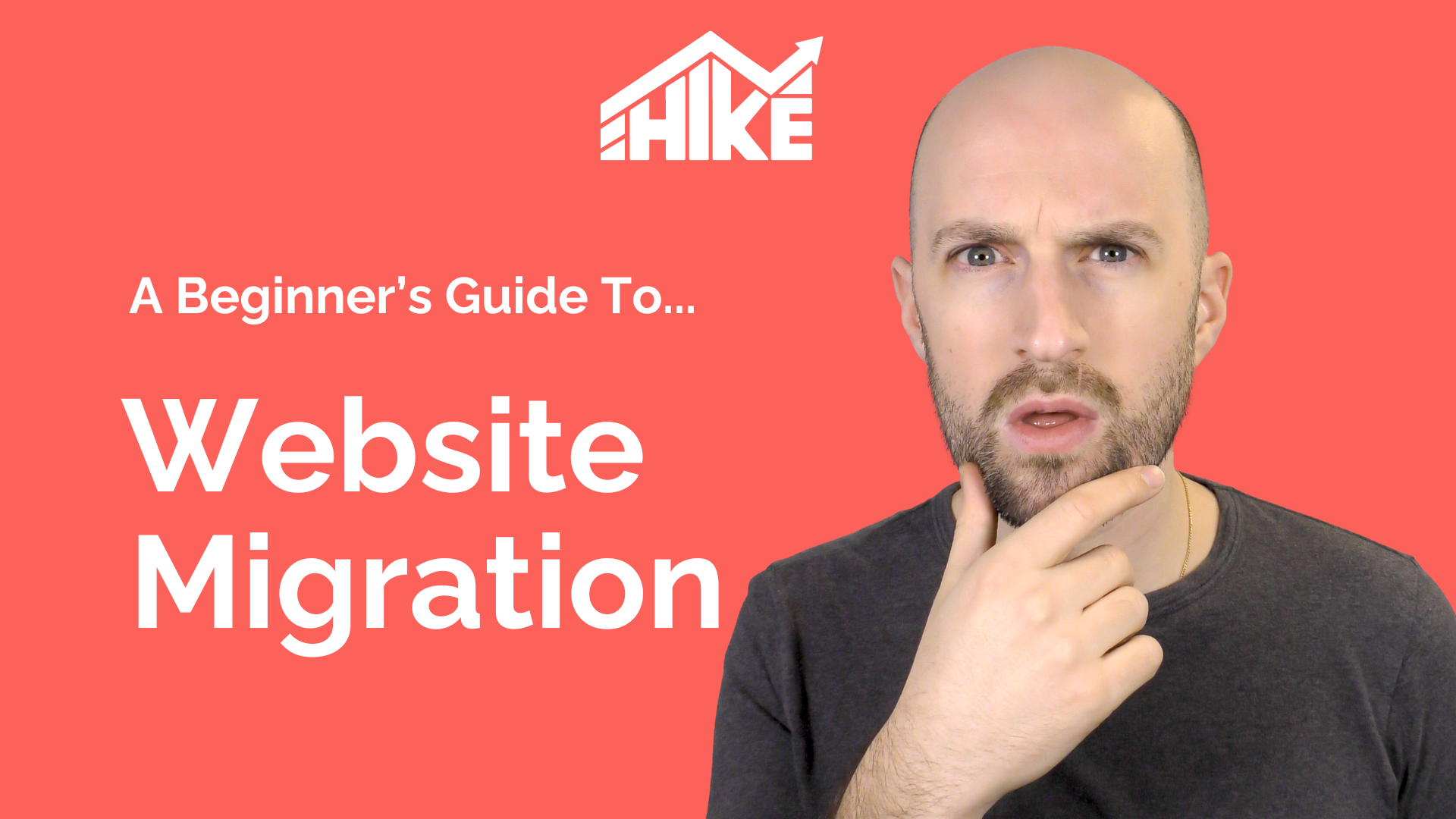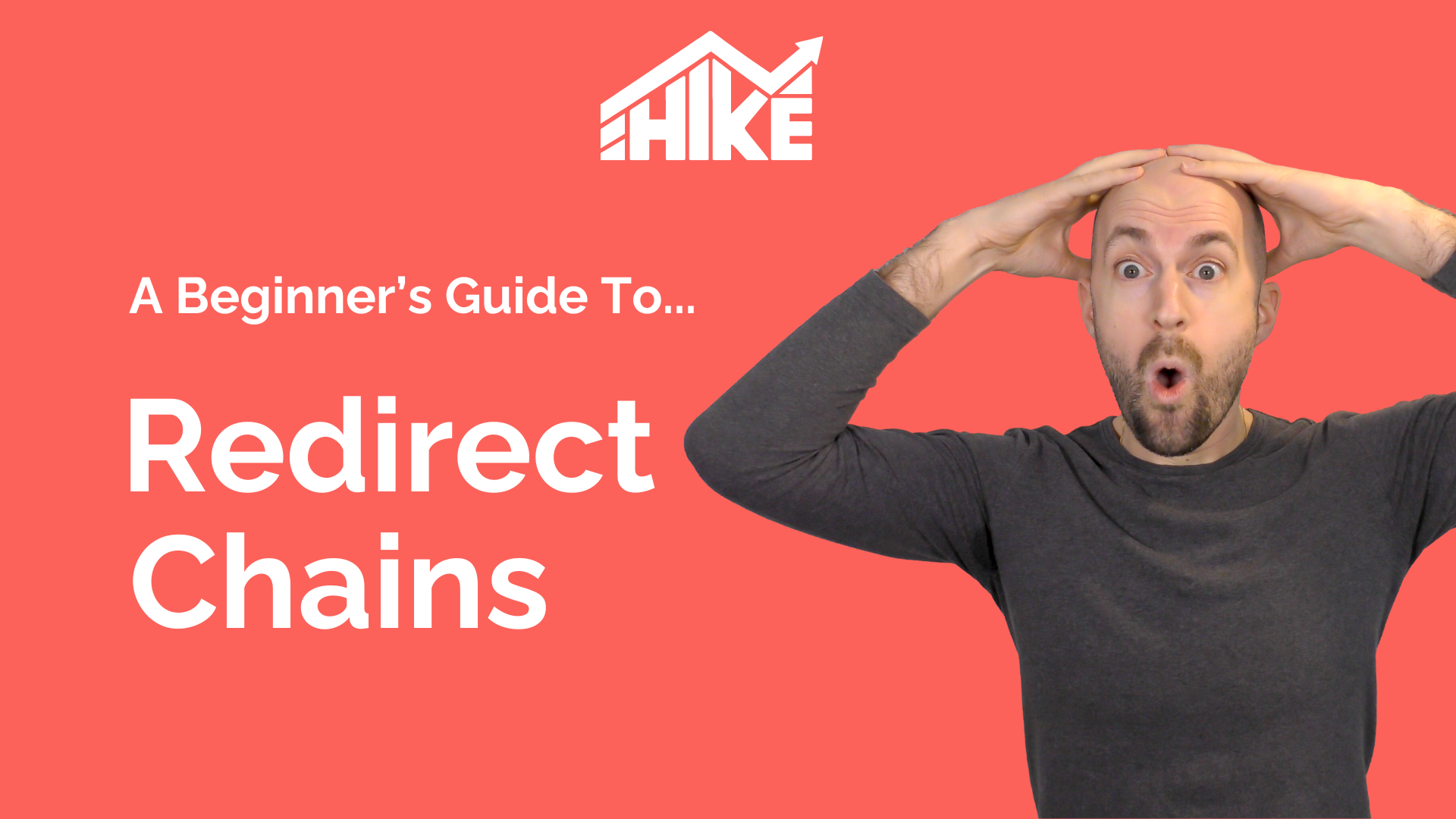Hey there 👋 Andy here, I’m one of Hike’s founders.
Kieran and I recently recorded a video over on our Facebook group and YouTube channel detailing simple steps to get your website and your content featured within Google’s answer box.
You can find the video below, along with the transcript of what we discussed.
Transcript
As a result of the recent study, we will discuss how you can rank in Google’s answer box.
The study was conducted by a company called Jumpshot and was also featured on the SparkToro website. Essentially Jumpshot analysed user behaviour. They tested what action(s) users had undertaken after completing a search within Google. The survey revealed that around 50% of all Google searches don’t result in a click on an actual result. This statistic was a lot higher within mobile searches, which jumped up to around 62%. This is really high! Therefore, only approximately 40% of searches will result in a user clicking on a link.
To put this into context, around 10-15 years ago, when Google started, 100% of searches would have resulted in someone clicking on a link because that’s what Google is, right? It’s a search engine that provides links.
Now, Google is the most well-known and used search engine globally, which has made it a necessity for knowledge seekers. It provides so much more information on everything from what time it currently is to even more specific stuff to start to utilise for SEO. So one of the biggest reasons why the statistic has dropped is when Google released what we call the “answer box”, or you might know it as position zero, the featured snippet.
This is displayed in SERPs when Google has taken information from an organic listing and compacted it into an answer box.
The answer box provides the user with information on specific topics without having to click on anything else! It offers quick and easy access to valuable information related to the search query.
A key reason as to why Google introduced the answer box is because of the surge in voice searches. For example, when people ask Alexa or Google Home a question. The way voice search is evolving, Google wants to read out their answer without having a website. By extracting the information they need from websites and using it themselves, answers can be given without relying on an actual website.
So today, we will cover how you can optimize your web pages, your blogs primarily, so you can spotlight them in Google’s answer box. You don’t need to rank at position one for Google to put you here. You can be anywhere on that first page, sometimes even the second page. This can allow you to jumpstart straight to position 0!
The first aspect to focus on is actually answering the question. As silly as this may sound, it is quite often missed. You can begin by making a list of key topics within that answer. It’s essential to make sure on your blog post or page that you actually answer the question that has been asked using the content within the heading tag. This could be the main heading or a secondary heading. Sometimes it may not necessarily answer the question, but it relates to it. For example, the answer box to the question
“Why should I do SEO?” displays a heading of “12 Reasons Why You Need SEO,” and the relevant content is underneath.
The next factor to consider is the layout of your content. Google loves formatted information! Whether you use an ordered list (numbered 1,2,3 etc) or an unordered list (e.g. bullet points), it is an excellent way for Google to display your content in the answer box.
So, if you have got a question where you could break it down into steps, then make sure that you do so under the heading. A list is the most common type of format displayed in the answer box. However, Google also shows other formatting types such as forms, tables and paragraphs.
A third factor to consider when trying to get your page in Google’s answer box is all around the date on your content.
The next one on the list is actually around the publication date. Google loves recent content, fresh content. Make sure you’ve got your dates on your blog posts so that Google can get a good understanding of when an article was published and find out if it’s fresh or not!
The final factor is images. Sometimes Google will pull through an image from your actual blog post. Key factors considerations here are the file name and alt text of your images. They inform Google of how relevant your images are in relation to someone’s search query and when to provide them in an answer box.
So that’s a quick checklist, but we also have some other tips to help you get into that all-important answer box.
To get started, you need inspiration for a question that people are asking on the internet right now. This comes down to doing lots of keyword research.
This is when Hike’s content topic generator comes to hand! It will show you all the hows, the wheres, the whats, and also your competitors.
Another important tip is to answer the question succinctly and as quickly as possible. Studies show the best practice is to answer the question within the first hundred words. Google will favour this, meaning your chances of being in the answer box will be higher.
Next, do your research! As we recommend for any keyword research: search the keyword, and then search question in Google to see if an answer box appears. Sometimes it is possible to get an answer box on Google even if there is not one at the moment. However, you probably don’t want to spend a significant amount of time optimising for this if Google doesn’t potentially see that search needing an answer box. Instead, we suggest you research other relevant keywords that may be beneficial.
Finally, look for the how’s, the whys, the whats within your competitors’ keywords. So, using Hike, for example, you can go into the content tool, look at the competitors, and automatically filter. You can then analyse what questions your competitors are ranking for and if they’re displaying in the answer box.
To conclude this article, let’s answer the question: do you think Google will ever become a no click, and instead, will return everything in answer boxes?
We’re not sure! For verticals websites, such as e-commerce websites, you must go onto the actual site to purchase or return a product. We believe there is a potential that voice searches will always be limited… but who are we to know!



